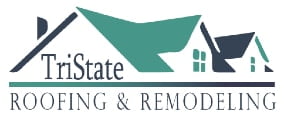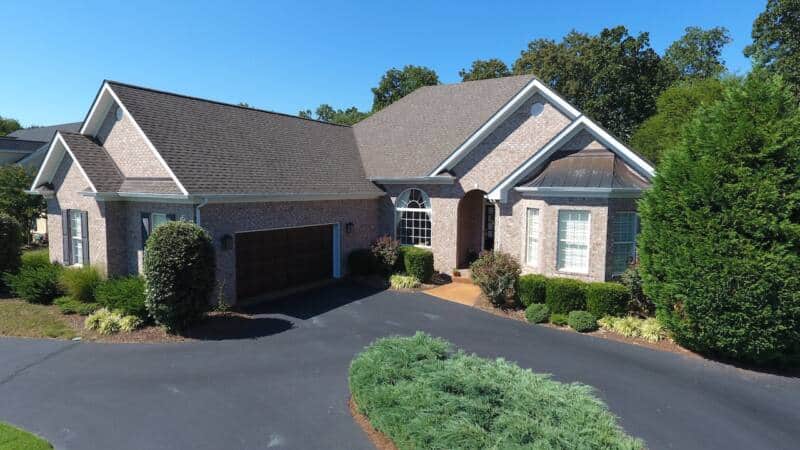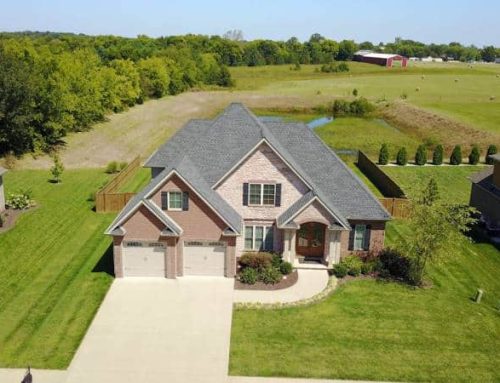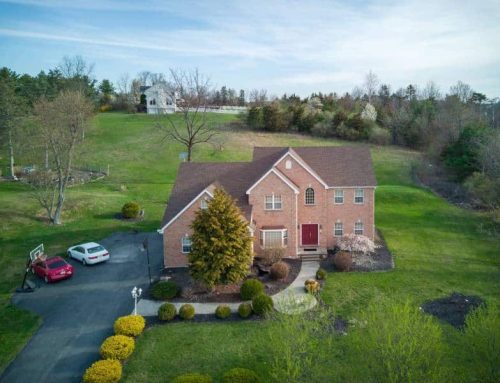When was the last time you had your roof inspected? If you’re like most homeowners, you probably don’t think about your roof until something goes wrong. But did you know that regular roof inspections can save you money and prevent major headaches down the road?
Your roof is one of the most important parts of your home, protecting you and your family from the elements. However, it’s also one of the most vulnerable, facing everything from harsh weather to fallen debris. Over time, even the strongest roofs can develop issues that compromise their integrity.
This is why regular roof inspections are so important. By catching problems early, you can avoid costly repairs and even extend the life of your roof. In this article, we’ll explore the reasons why regular roof inspections are crucial for every homeowner, and what you can do to keep your roof in top condition.
Identifying and Preventing Potential Damage
Regular roof inspections are important for identifying and preventing potential damage to a home or business. During an inspection, a qualified professional will look for signs of wear and tear, such as missing shingles, cracks in the flashing, or water damage. They will also check for any structural issues like sagging or shifting that could cause further problems down the road.
Extending the Lifespan of Your Roof
Inspections are essential for extending the lifespan of your roof. Inspections allow professionals to identify any existing or potential problems before they become too severe and require more costly repairs. If a problem is identified early, it can be fixed quickly, often at a much lower cost than waiting until extensive damage has occurred. Regular inspections also ensure that any roof repairs or maintenance needed are addressed in a timely manner, which can help reduce the likelihood of future issues.
Preventing Dangerous Situations
Beyond the potential for costly repairs, regular roof inspections are also important for preventing dangerous situations. For example, improperly installed flashing can lead to leaks, water damage, and even mold growth in the home or business. Plus, weakened structures can cause roofs to collapse during heavy rain or snowstorms. Regular inspections can help identify these issues before they become dangerous or cause further damage.
Ensuring Your Roof is Functioning Properly
Regular roof inspections are also important for ensuring that your roof is functioning properly. During an inspection, a professional can check that all components of the roof are in good condition and working correctly. This includes making sure the shingles are securely attached, checking for signs of rot or decay, and examining any ventilation systems to ensure airflow is adequate.
Meeting Insurance Requirements
Proper roof inspections are also essential for meeting insurance requirements. Many insurance companies require homeowners to have their roofs inspected at least once a year in order to maintain coverage. This ensures that any potential issues or damages can be identified quickly so they can be addressed before the insurer is held liable for any losses. In some cases, if an inspection is not up-to-date, your policy may be canceled.
What’s Included in a Roof Inspection?
Structural Inspection
The structural inspection will look at how well the entire roof system is holding up, including the shingles, flashing, gutters, downspouts, vents, chimneys, skylights, and soffits. An inspector will examine each of these areas for damage or problems. This part of the evaluation focuses on looking for any signs that might indicate a problem. These signs could include cracked, splintered, rotted, or missing roofing materials.
Material Inspection
The material portion of the roof inspection is designed to help you identify potential problems within the roofing system. This part of the inspection focuses on the roofing materials themselves, such as shingles, metal panels, clay tiles, or even slate shingle roofs. Inspectors will look at each piece of the roofing system to determine whether it is damaged, missing, or stained. They will check for any signs of leaking, cracking, or pest infestations.
Interior Inspection
This portion of the inspection will tackle any signs of roofing damage that aren’t visible from the outside. The inspector will check the attic, ceilings, and walls throughout the inside of the home for signs of water leaks, rot, and mold.
How Often Should You Schedule a Roof Inspection?
If you’re interested in learning how often you should conduct a roof inspection, here are some things to consider:
- Your roof needs to be inspected every five years, regardless of whether or not it appears damaged. In fact, even if your roof looks fine, it might still be leaking.
- Inspections should be done annually, starting around three months into the summer season. This allows enough time for the weather to cool off and prevent leaks from forming.
- Don’t wait too long to schedule your roof inspection – ideally, do it within six months of purchasing your home. Otherwise, you’ll miss out on the opportunity to buy a warranty that covers the cost of repairing issues discovered during the inspection.
- If you haven’t had a roof inspection since the roof was installed, schedule one now. Even if your roof seems fine, there may be problems lurking beneath the surface.
Need a Roof Inspection?
When you partner with Tristate Roofing & Remodeling, we will walk you through the process of keeping your roof in its best shape. Contact us today to get started!






